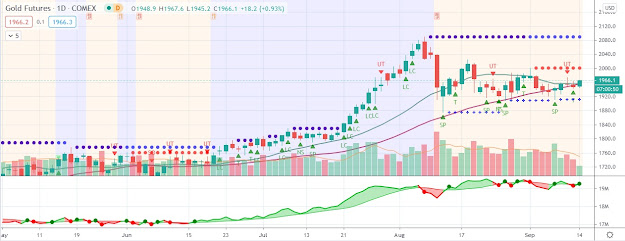Growing fears of rising inflation and extended dollar weakness

During late afternoon trade yesterday, in particular gold and silver, enjoyed support from growing fears of rising inflation and extended dollar weakness. The trade-weighted dollar index drifted to a low of around 74.7, a level last seen in December 2009. After the ECB’s rate hike last week and Fed members’ comments, together with the Fed’s Beige book indicating that the US central bank would be staying the current course of monetary accommodation, investors have been drawn to the euro in anticipation of a widening US-Eurozone interest rate differential.
Speculation that Chinese consumer inflation would be closer to 5.3% y/y (rather than the consensus expectation of 5.2% y/y) also pushed precious metals markets higher on inflation-hedge buying. As it turns out, China’s price data revealed that consumer inflation for March stood at 5.4% y/y, well above expectations and the highest level since August 2008. Producer inflation also came in higher than expectations (consensus 7.2% y/y) at 7.3% y/y an indication of strengthening pipeline inflationary pressures. At the onset this contributed to further inflation-hedge buying, but since the darkens China’s outlook for inflation it might raise the threat of more aggressive monetary conservatism by Chinese authorities (especially given that Q1:11 GDP figures were also unexpectedly strong). This could be bearish for commodities
in general, although the effect on base metals could be particularly acute.
Eurozone consumer inflation figures also bested expectations, coming in at 2.7% y/y for March (consensus: 2.6% y/y). This should provide support for precious metals from two angles, in that it both
(a) heightens fears over rising inflation and
(b) raises the prospect for further ECB rate hikes and consequently a weaker dollar.
Gold support is at $1,458 and $1,444. Resistance is at $1,482 and $1,490.



Comments
Post a Comment